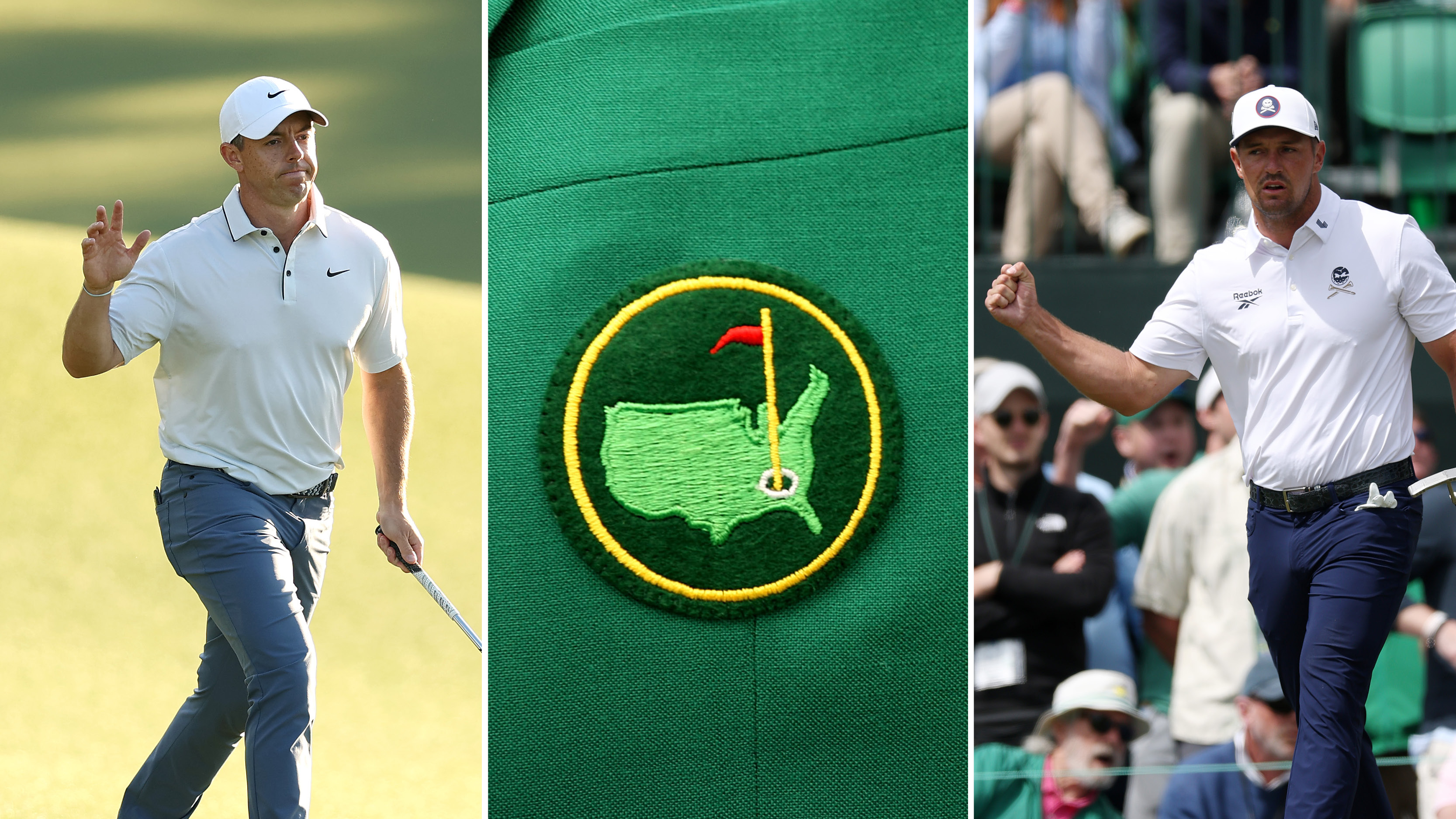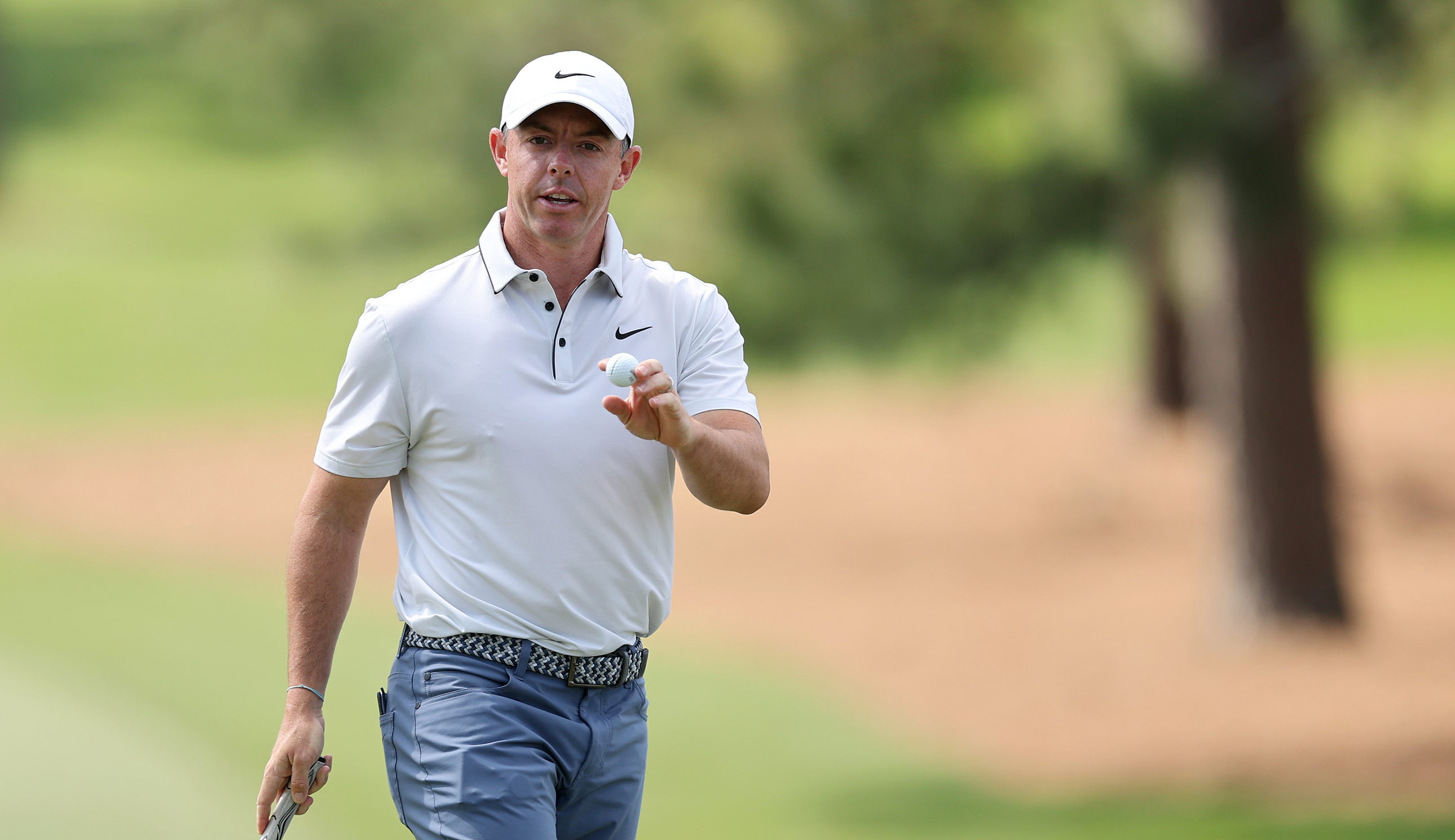Why does my ball do that?

[PAGEBREAK]Introduction

Most golfers rarely hit the ball dead straight.
Natural quirks in their swing will mean the ball might move slightly left or slightly right through the air.
Golfers such as Colin Montgomerie learn to use this to their advantage but also learn how to move the ball in other ways.
Our troubleshooting guide will tell you why the ball is moving in a certain flight path and how to correct it.
[PAGEBREAK]Set up

There are six important things to remember when preparing your body to hit the ball.
Get the Golf Monthly Newsletter
Subscribe to the Golf Monthly newsletter to stay up to date with all the latest tour news, equipment news, reviews, head-to-heads and buyer’s guides from our team of experienced experts.
You can review these in our guide to the basic set-up.
Once you have these right, the main thing to remember is to keep the head steady.
The young Arnold Palmer Jack Nicklaus' soon learnt the importance of this - his tutor, Florida pro Jack Grout used to grab his hair to stop him moving his head around.
Your head should act as the inner circle around which your arms and shoulders turn.
It is also important to visualise each shot before you swing.
Picture how it will move through the air and where it will land.
Use your imagination!
[PAGEBREAK]Takeaway

Get the first two-feet of your swing right and the rest should follow.
The best swings start with a slow, smooth 'one-piece' takeaway.

This means moving your hands, arms, shoulders and hips at the same time in one connected movement as you begin to transfer your weight from your front foot to your back foot.
A good way to visualise this is to 'sweep' the clubhead back rather than attempting to 'pick it up'.
Keep it low to the ground for longer than may feel necessary - this will give you a nice wide arc.

Think of your body as a spring - storing up energy on the way back ready to release it on the way forward.
It doesn't matter how slowly you pull an elastic band back, it's spring is the same. So don't hurry on your backswing.
A good way to check if you have it right is to stop the clubhead once the shaft is parallel to the ground.
Have a look at the clubface.
It should be pointing straight up at 90 degrees to the ground.
[PAGEBREAK]Backswing

As the arms continue their journey back, concentrate on turning your shoulders so your left shoulder moves into the place where your right shoulder was at address.
As the body continues to turn about your hips, the hingeing action of the wrists will point the clubhead up towards the sky.
At this point the club's shaft should be at the same angle as it was when you addressed the ball.
At the top of your backswing the shaft of your club should be parallel to the ground and pointing directly at the target.
The angle of the club face should also be parallel to the angle of your forearm.
At this stage 90% of your bodyweight should be on your back foot.
Your shoulders should be square to the target, your back directly facing it.
At this point your body is perfectly coiled to generate maximum power through the ball.
[PAGEBREAK]Impact

Everything you have done until now has been to get this moment right.
Don't blow it!
The important thing is it to keep it smooth.
The worst mistake you can make in golf is to try and follow where the ball has gone too early in the swing as it is likely to mean you move during impact.
Once you have mastered keeping still, you should focus on three things;
Hitting down through the back of ball
Rolling your right forearm over your left as you hit the ball and
Opening your shoulders on impact.
Hitting through the ball will ensure you hit the ball then the turf - vital to getting a nice, crisp stroke.
If you slow your club head just a millisecond before impact you will not hit the ball anything like 100pc.
Rolling your right forearm will ensure you whip your wrists through the ball.
Concentrate on maintaining your hands ahead or level with the ball until it has gone.
Opening your shoulders will force you to open your stance to make way for the club to come through with maximum force.
[PAGEBREAK]Follow through
You might not think your follow through is important.
After all, the ball's already history.
But if your follow through is right, you'll know you have a good swing.
Visualise 'throwing' the club head towards the target and staying on that line for as long as possible.
When you finish, your chest should be facing the target and the entire sole of your right foot should be visible.
If you are overbalancing it is likely to be because you are swinging too fast or too hard - concentrate instead on staying smooth.
Aim to finish with your elbows out in front of you.
-
 Rory McIlroy vs Bryson DeChambeau: Who Are We Picking To Win The 2025 Masters?
Rory McIlroy vs Bryson DeChambeau: Who Are We Picking To Win The 2025 Masters?We're set up for a blockbuster final day at Augusta National where Rory McIlroy and Bryson DeChambeau play together in the final group
By Elliott Heath Published
-
 The Masters Crystal Rory McIlroy Has Already Won At Augusta National This Week
The Masters Crystal Rory McIlroy Has Already Won At Augusta National This WeekMcIlroy leads going in to the final round at Augusta National, with the four-time Major winner already bagging some silverware before he looks to claim the Green Jacket
By Matt Cradock Published